In summer, it can happen particularly quickly: the inner thighs or the area between the buttocks get chafed. The rubbing together of the inner thighs, also known as chafing, chub-rub, or medically, intertrigo, is not only a problem for overweight women. While men tend to store excess fat in the abdominal area, women tend to accumulate it on their thighs and buttocks. As a result, the skin rubs against each other in these areas, causing irritation. These inflammatory skin irritations are extremely unpleasant. But don’t worry, there are various ways to relieve the pain and support healing. We present you with ten remedies that can help when your thighs are chafed.
So, what can you do when your thighs are chafed?
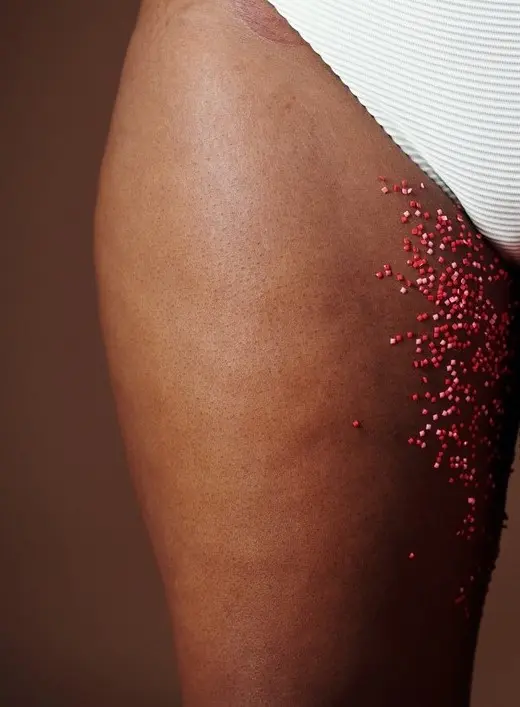
Immediate measures: Prevent further chafing and keep dry
Intertrigo is an inflammation of the skin. If it’s only superficial, you can treat it with home remedies. However, if the inflammation goes deeper, blisters form, or you experience severe pain, it’s advisable to consult a doctor.
When your thighs are chafed, it’s important to prevent further rubbing so that the healing process can begin. You should protect the inflamed areas by wearing breathable clothing, for example. If the irritated area is where the waistband of your panties usually sits, you should either temporarily forgo wearing underwear or opt for a different style, such as boxers, to avoid aggravating the injury. Using a gauze bandage or fabric strip between clothing and skin can also help.
As a next step, you should clean the irritated areas and allow them to dry thoroughly, possibly using a hairdryer. This is beneficial for healing and provides immediate relief because when sweat comes into contact with the chafed areas again, they start to burn. Afterward, it’s best to wear natural materials or specialized breathable sportswear. Other synthetic fabrics barely allow air circulation, causing increased sweating.

Baby powder for chafed thighs
To keep the chafed skin dry, you can use baby powder. Most of these powders are talcum-based (although there are also talc-free alternatives). This mineral powder absorbs moisture and soothes inflammation. Baby powders are usually produced with extra gentleness, avoiding additional additives and perfumes.
However, avoid using baby powder on moist wounds as it can clump and worsen the inflammation.
Zinc ointment for chafed thighs
Zinc ointment has long been used as a treatment for wounds. It is affordable and often free of additives. The zinc oxide contained in the ointment has disinfecting, drying, and wound-healing properties. You can use zinc ointment for chafed thighs if the inflamed area is neither weeping nor open.
The ointment does not penetrate the skin, but forms a protective layer over the wound. Since zinc ointment can leave stains on clothing, you should cover the affected area, for example, with gauze or toilet paper.
Healing ointments for chafed thighs
Many women recommend healing ointments when their thighs are chafed. These ointments work against inflammation and soreness. Nystatin, as active ingredient, can also treat fungal infections, which often occur in chafed skin areas. You can also use healing ointments to prevent intertrigo and fungal infections.
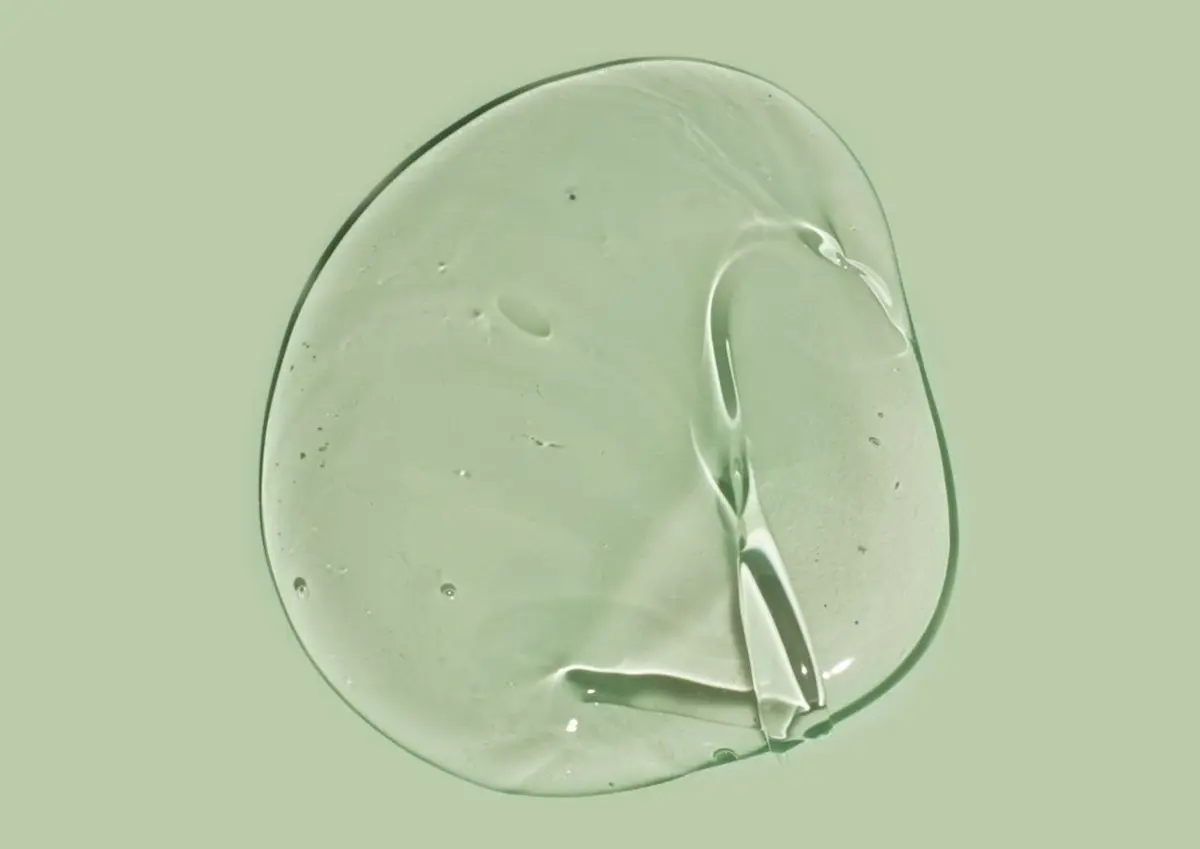
Aloe vera gel to heal chafed thighs
The leaves of the aloe plant are filled with a gel-like substance that serves as a water reservoir for the plant. In cosmetics, this gel is often used as a moisturizer. Additionally, it has cooling, anti-inflammatory, and wound-healing properties, which you can take advantage of when your thighs are chafed.
You can cut open the leaves of an aloe plant and directly apply the gel to the wound. However, you can also find high-quality organic aloe vera gel for purchase.
Healing ointments and diaper cream for chafed thighs
A special tip for chafed thighs is diaper cream, as babies also experience irritated skin, especially on their bottoms, known as diaper rash. This condition is caused by moisture and friction, similar to our “wolf,” and is treated similarly: First, cleanse the area, then dry it. Finally, apply a thin layer of diaper cream. What works well for a baby’s bottom cannot be bad for yours.
Ensure you choose a diaper cream without perfume if you want to use it on the chafed skin between your thighs or buttocks.
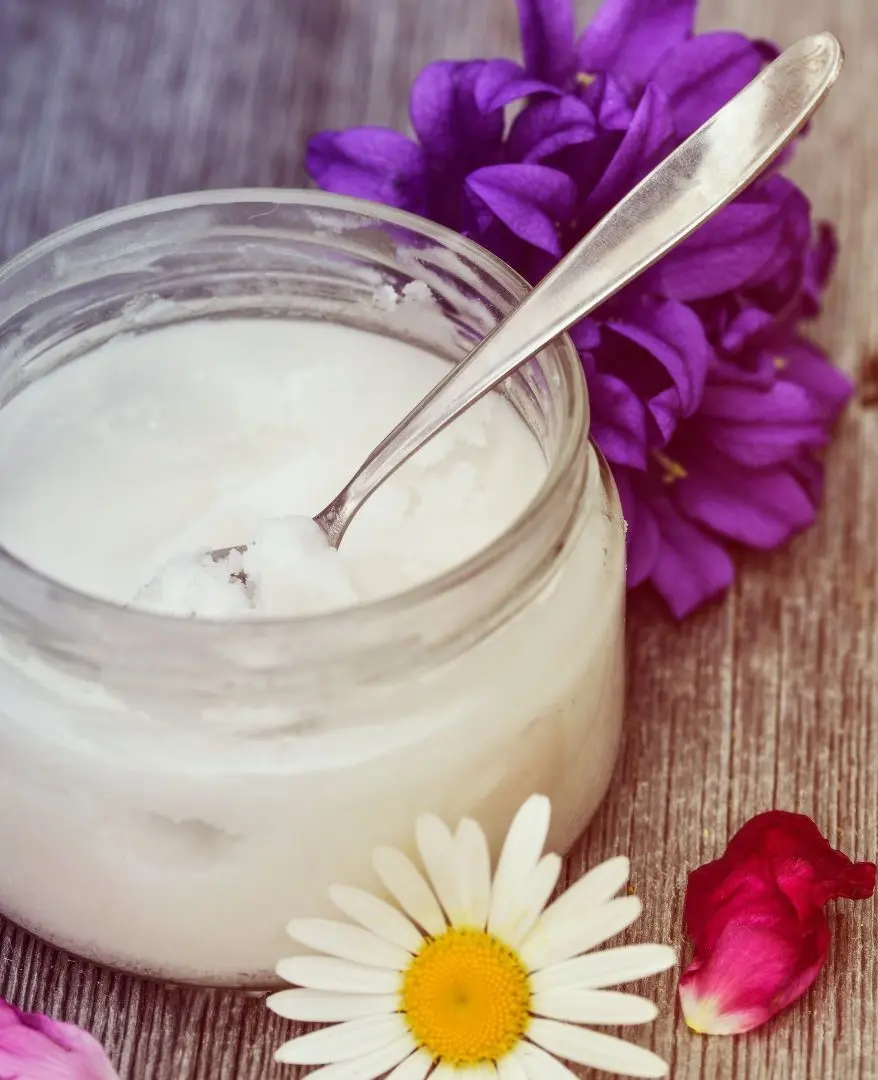
Coconut oil
You can use coconut oil both for prevention and treatment of chafed thighs. It provides moisture and has a cooling effect. Since it doesn’t absorb into the skin easily, it forms a protective barrier that prevents further friction.
Nipple cream
Nipple cream is another secret tip when your thighs are chafed. Typically, women use such creams while breastfeeding, as it can cause small, unpleasant cracks on the nipples. Nipple cream, usually made from lanolin (wool fat) and other oils, supports healing and helps the skin regain its smoothness, thanks to ingredients like vitamin E.
An additional advantage of nipple creams is that they contain only natural and harmless substances. Mothers can resume breastfeeding without having to wash off the cream beforehand.
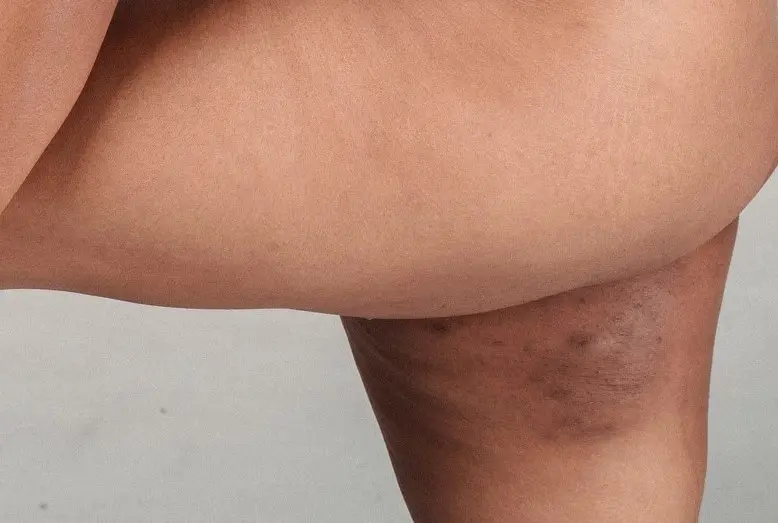
Sitz baths
Sitz baths are especially helpful and quickly soothing when your chafed skin is situated in particularly tricky areas, such as between the buttocks or where the waistband of your underwear lies. You can take a sitz bath in the bathtub or a larger bowl. Fill it with comfortably warm water so that you can sit in it comfortably, and the affected areas are covered. A sitz bath with soothing chamomile infusion (boil chamomile and let it steep for ten minutes) or oak bark extract is particularly suitable for soothing irritation.
You can also add potassium permanganate to the water, especially if the inflammation is weeping. (Caution! It stains the bathtub, skin, and nails. Make sure to obtain detailed instructions beforehand.) Potassium permanganate, which is also used in deodorants, has a strong drying effect, so remember to moisturize well after the bath.
Furthermore, you can purchase special additives for (sitz) baths that help alleviate chafing and inflammation.
How long does it take for chafed thighs to heal?
The good news is that most cases of thigh chafe will usually heal on their own within a few days. However, if your case is more severe, and you are experiencing pain and/or inflammation, then you should seek medical attention as soon as possible to prevent any further damage from occurring.
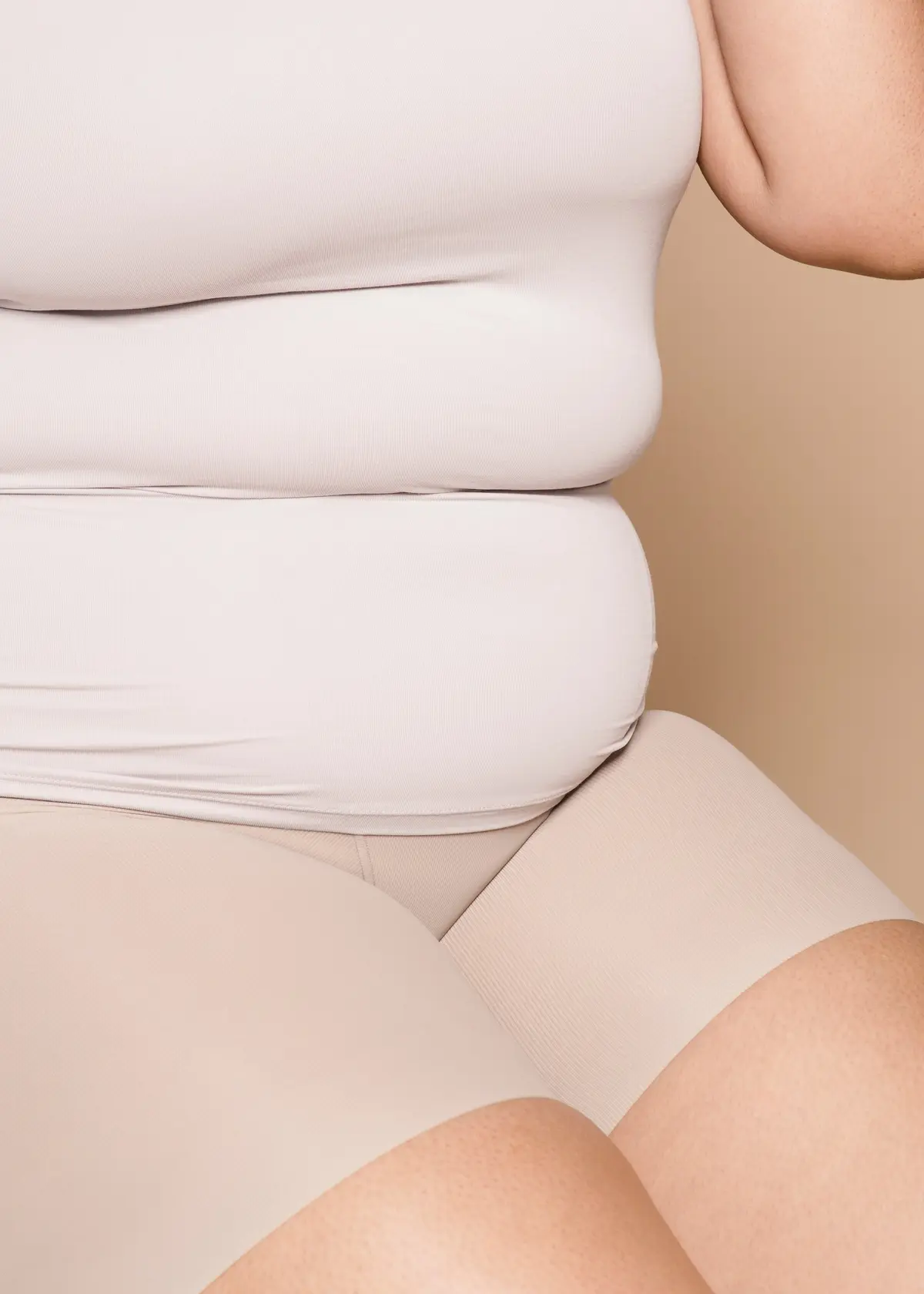
Prevention to avoid chafed thighs
The best scenario is, of course, to prevent chafing of the inner thighs altogether. There are numerous textile and cosmetic aids available that can effectively prevent the chafing rash. You might have to experiment a bit to find the right solution for you, but once you do, nothing will stand in the way of wearing shorts, dresses, and skirts.
We have researched the best tips, tricks, and tools to combat chafing thighs and summarized them in this post.
